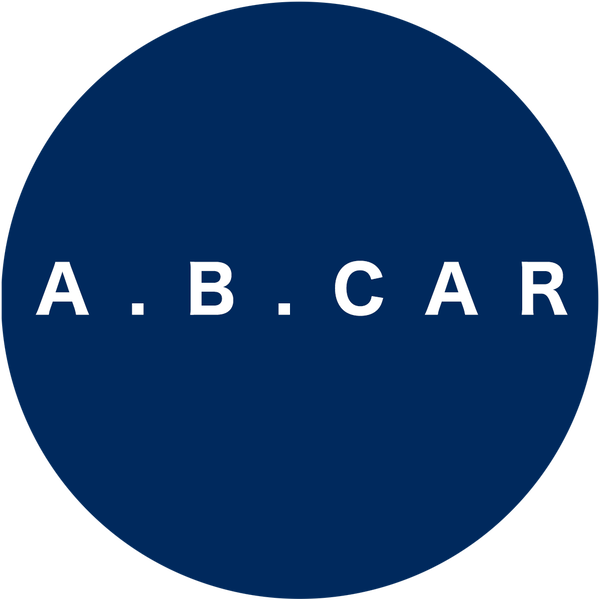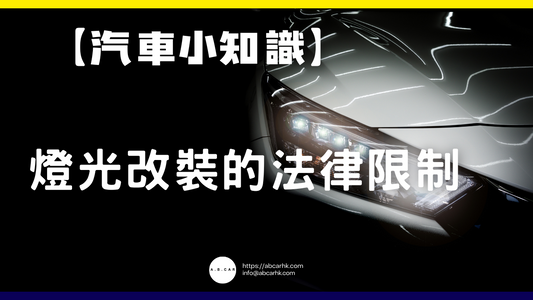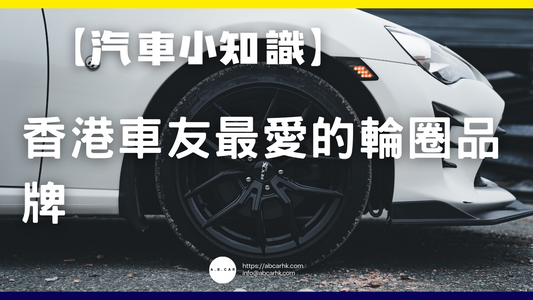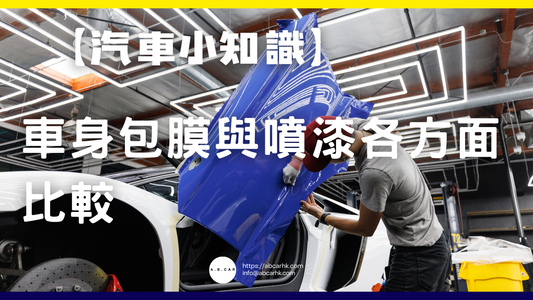【Common Diseases】Myocardial Infarction (MI)

A must-read guide to treating myocardial infarction for Hong Kong residents
Myocardial infarction (commonly known as a "heart attack") is one of the most serious cardiovascular emergencies in Hong Kong. According to the Hong Kong Department of Health, myocardial infarction has long been one of the leading causes of death from heart disease in Hong Kong, and the age of onset is trending younger.
As a long-term researcher on cardiovascular health, I've discovered that many Hong Kong people only understand myocardial infarction as "chest pain." However, its danger lies in its rapid onset and high mortality rate . Once the golden window for rescue is missed, myocardial cells will irreversibly die, with serious consequences.
1. What is myocardial infarction?
Myocardial infarction is a sudden interruption of blood flow to a part of the heart (usually due to a blood clot in a coronary artery), causing myocardial ischemia and hypoxia in that area, and necrosis occurs within minutes to hours.
The most common cause is rupture of atherosclerotic plaques , which triggers thrombosis and complete or partial obstruction of the coronary artery.
2. High-risk factors
Common risk factors for myocardial infarction in Hong Kong include:
- Hypercholesterolemia
- hypertension
- diabetes
- Smoking
- Obesity and lack of exercise
- Long-term mental stress and lack of sleep
- Family history of heart disease
💡 Editor's observation: Hong Kong's poor control rate of the "three highs", coupled with a diet high in oil and salt and high work pressure, has led to a large base of potential patients for myocardial infarction.
3. Symptoms
- Severe chest pain or pressure (lasting more than a few minutes and not completely relieved by rest or nitroglycerin)
- Pain may radiate to the left shoulder, neck, jaw, and back
- shortness of breath
- Nausea and cold sweats
- Dizziness, fainting
⚠️ Note: Symptoms in women, the elderly, and people with diabetes may not be typical, such as just tiredness, stomach pain, or mild shortness of breath.
4. Why should I seek immediate treatment?
The principle of myocardial infarction treatment is "time is myocardium." The longer blood flow is interrupted, the greater the extent of myocardial necrosis and the higher the risk of mortality and complications.
In Hong Kong, upon arrival, ambulances will directly send patients suspected of myocardial infarction to hospitals with acute cardiac catheterization capabilities (such as Queen Mary Hospital, Queen Elizabeth Hospital, Prince of Wales Hospital, etc.) to gain golden rescue time.
5. Acute treatment (during an attack)
The goals of treatment are to restore blood flow (reperfusion therapy) as quickly as possible and to stabilize the patient .
5.1 Reperfusion therapy
-
Percutaneous coronary intervention (PCI)
- A catheter is used to place a stent into the blocked blood vessel to restore blood flow.
- Best time: within 90 minutes of symptom onset
- Many public hospitals in Hong Kong have 24-hour PCI teams
-
Thrombolysis
- Injection of drugs to dissolve blood clots
- Suitable for situations where timely PCI cannot be performed (e.g., remote areas or traffic delays)
5.2 Drug treatment (acute phase)
- Antiplatelet drugs : Aspirin, Clopidogrel
- Anticoagulants : Enoxaparin, etc.
- Analgesia and sedation : Morphine
- Nitrates : Relieve chest pain (blood pressure needs to be monitored)
- Oxygen therapy : used when blood oxygen saturation is low
6. Long-term treatment after the acute phase
The goal is to prevent recurrence , improve heart function , and prolong life .
6.1 Drug treatment
Common prescriptions in Hong Kong hospitals include:
- Antiplatelet drugs (Aspirin + a second antiplatelet drug for at least 12 months)
- Beta-blockers (Bisoprolol, Metoprolol) – reduce myocardial oxygen consumption
- ACE inhibitors/ARBs – protect the heart and kidneys
- Statins (Atorvastatin, Rosuvastatin) – Stabilize plaques
- Nitrates – to control angina
💡 Editor's reminder: Medication treatment must be continued long-term. Do not stop taking the medication on your own just because you feel "nothing is wrong".
6.2 Lifestyle Improvement
- Quit smoking and drinking
- Healthy diet : low in salt, low in saturated fat, and high in fruits and vegetables
- Regular exercise : Join a cardiac rehabilitation program
- Control the three highs : blood pressure, blood sugar, and cholesterol meet standards
6.3 Cardiac Rehabilitation
Some public hospitals and non-profit organizations in Hong Kong have cardiac rehabilitation programs, where medical teams provide exercise training, dietary guidance, and psychological support to help patients safely resume their daily lives.
7. Possible complications
- Arrhythmias (ventricular tachycardia, ventricular fibrillation)
- heart failure
- Cardiogenic shock
- Ventricular rupture (rare but fatal)
8. Hong Kong’s medical resources
- Public hospital emergency rooms : 24-hour response to myocardial infarction, low cost but requires hospital diversion
- Private cardiology : Emergency PCI is quick to arrange, but the cost is high
- Community health centers : providing cardiovascular risk assessment and health education
Editor's summary
Myocardial infarction is a race against time. The faster the blood vessels are opened, the more heart muscle can be saved . Fortunately, Hong Kong has a comprehensive emergency medical system and cardiac catheterization centers. However, the key is for patients and their families to recognize the symptoms and seek medical attention promptly. Long-term post-stroke management, including medication, lifestyle changes, and cardiac rehabilitation, is crucial to preventing a second MI.
Disclaimer : This article is for reference only and does not constitute any medical advice. The source is referenced from major medical articles.



